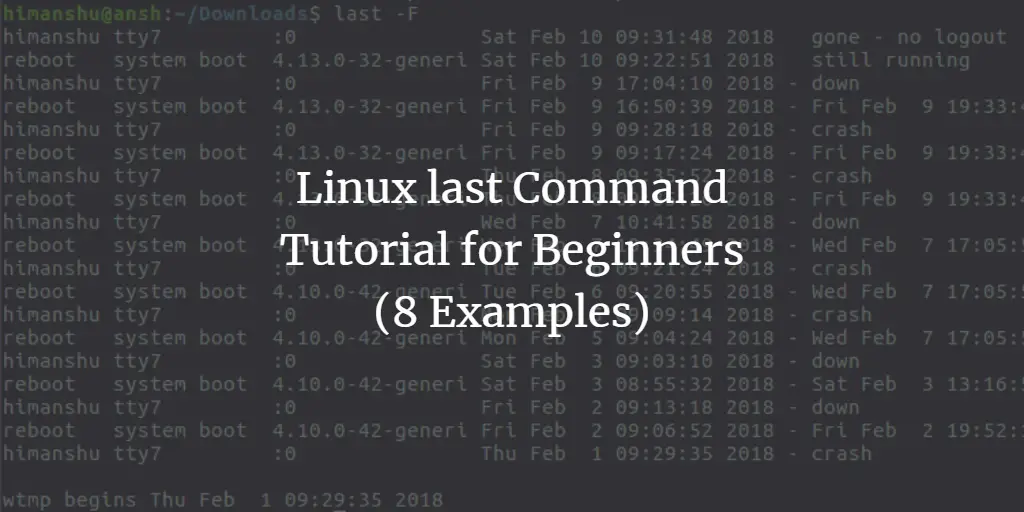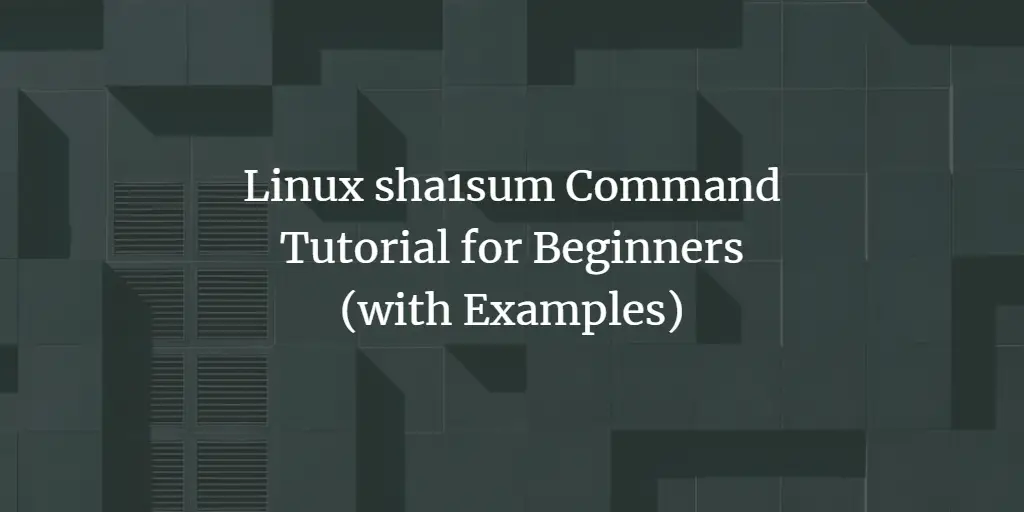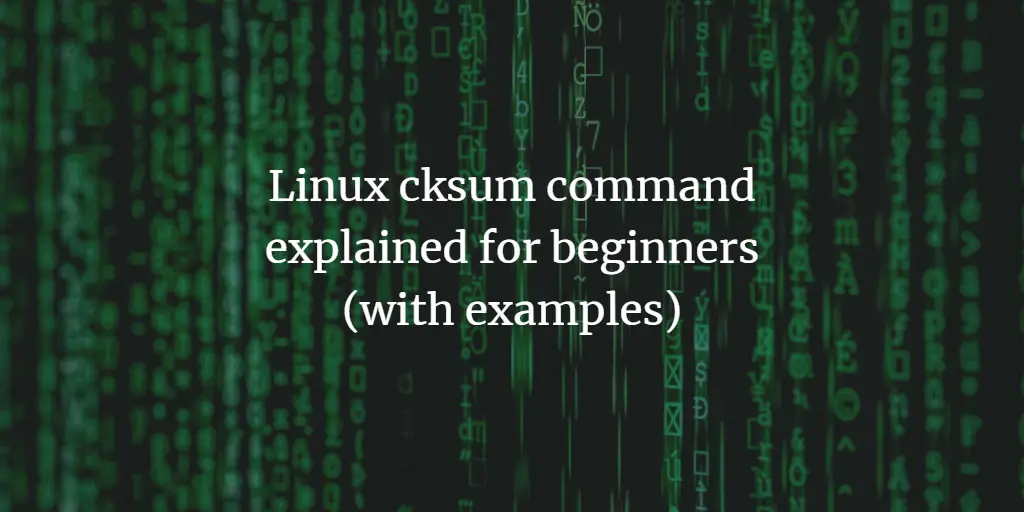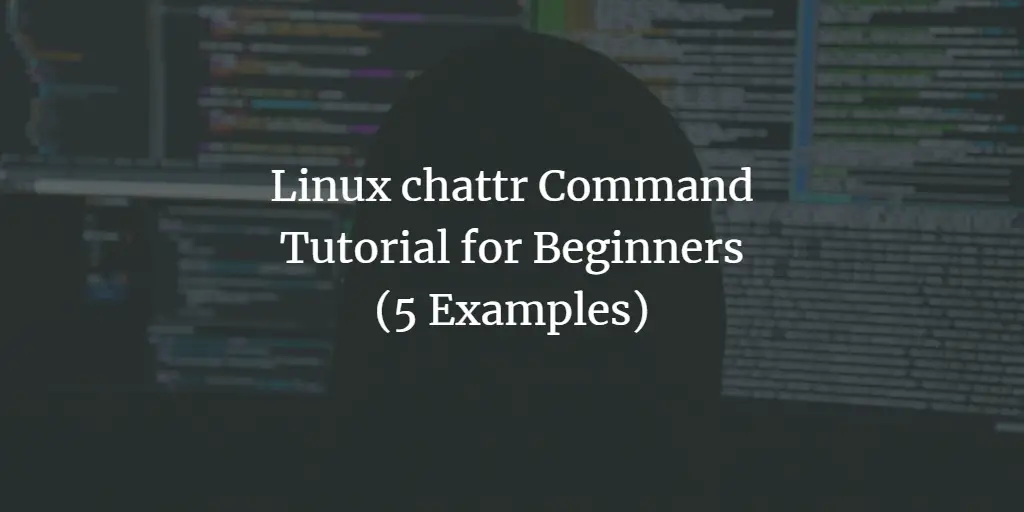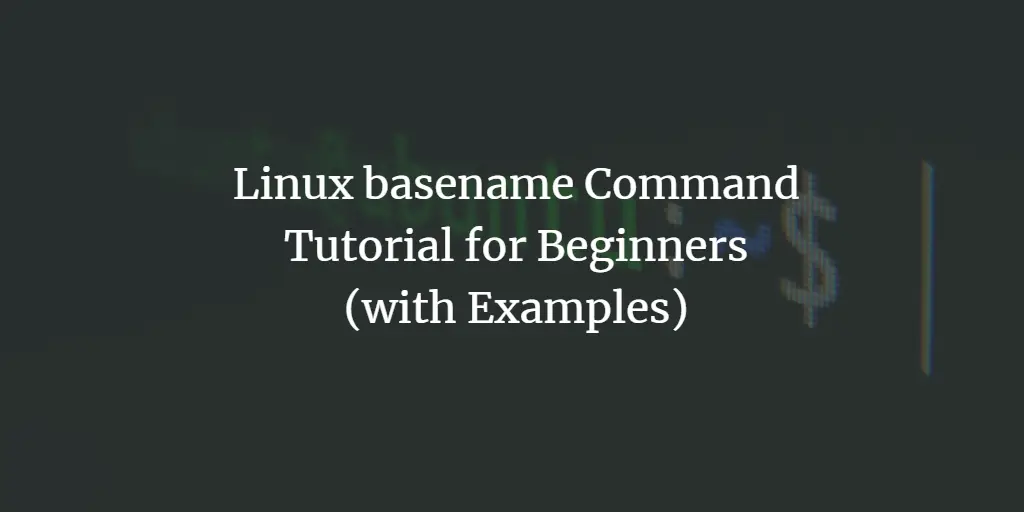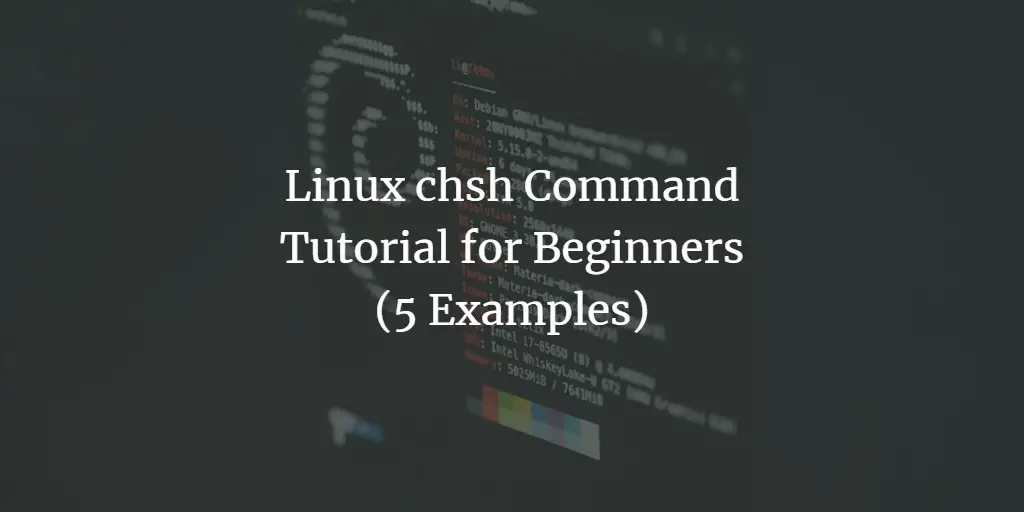Linux Tutorials on the topic “shell”
-
How to list shared libraries used by a Linux binary using ldd command
Author: Himanshu Arora • Tags: linux, shell • Comments: 2 • Updated: Aug 01, 2024If your work involves deep knowledge of executables and shared libraries in Linux, there are several command line tools that you should be aware of. One of those is ldd, which you can use to access shared object dependencies. In this tutorial, we will discuss the basics of this utility using some easy to understand examples.
-
Linux last Command Tutorial for Beginners (8 Examples)
Author: Himanshu Arora • Tags: linux, shell • Comments: 3 • Updated: Jul 30, 2024If you are new to system administration, there'll be times when you'll have to monitor or access login related information. There are multiple tools that you'll likely use for this purpose, with one of them being last.
-
Linux Csplit Command Explained for Beginners (6 Examples)
Author: Himanshu Arora • Tags: linux, shell • Comments: 2 • Updated: Jul 29, 2024While working on the command line in Linux, you may find yourself in situations where-in you need to split a file into multiple parts. If you are already looking for a way to do this, or simply want to know how this can be done, you'll be glad to know there exists a tool - dubbed csplit - that's built for this purpose.
-
-
Linux hostname Command Tutorial for Beginners (5 Examples)
Author: Himanshu Arora • Tags: linux, shell • Comments: 0 • Updated: Jul 18, 2024The Linux hostname command is a utility used to display or set the system's hostname. A hostname is a unique identifier assigned to a device on a network, functioning much like a person's name in a social context.
-
Linux sha1sum Command Tutorial for Beginners (with Examples)
Author: Himanshu Arora • Tags: linux, shell • Comments: 0 • Updated: Jul 09, 2024Linux command line offers several tools for checking and verifying a file's integrity. One such tool is sha1sum, which we will be discussing here in this tutorial using some easy to understand examples.
-
Compute CRC-Checksums on Linux with cksum Command
Author: Himanshu Arora • Tags: linux, shell • Comments: 2 • Updated: Jul 09, 2024The cksum command in Linux is a utility that generates a CRC (Cyclic Redundancy Check) checksum and byte count for a given file. It is used to verify the integrity of files by comparing the checksum values before and after transmission or storage.
-
Linux chattr Command Tutorial for Beginners (5 Examples)
Author: Himanshu Arora • Tags: linux, shell • Comments: 2 • Updated: Jul 08, 2024Often a Linux computer is used by different users. So there is a possibility that these users access a common group of files. This opens the door to problems like accidental deletion or editing of important files, which you as an administrator definitely don't want. Fortunately, there is a command called chattr that is designed for just such cases.
-
Linux basename Command Tutorial for Beginners (with Examples)
Author: Himanshu Arora • Tags: linux, shell • Comments: 0 • Updated: Jun 28, 2024Sometimes, while working on the command line (especially when dealing with shell scripts), you might be interested in only the filename, but what's available to you is the complete path of the file. So, the requirement is to strip the directory component of the path. You'll be glad to know there exists a command - basename - that does this job.
-
Linux tty Command Tutorial for Beginners (with Examples)
Author: Himanshu Arora • Tags: linux, shell • Comments: 0 • Updated: Jun 27, 2024In Linux, everything is a file. Even any hardware device connected to the system is represented as a special file. So it shouldn't come as a surprise that a terminal is also represented as a file. There exists a command dubbed tty that displays terminal related information.
-
Linux chsh Command Tutorial for Beginners (5 Examples)
Author: Himanshu Arora • Tags: linux, shell • Comments: 1 • Updated: Jun 20, 2024The bash shell is one of the most widely used login shells in Linux. But there exist other shells as well, and you can use them for your command line work (until of course there's a specific requirement for your work). In this article, we will discuss a tool - dubbed chsh - that lets you switch to a login shell different from your current shell.


